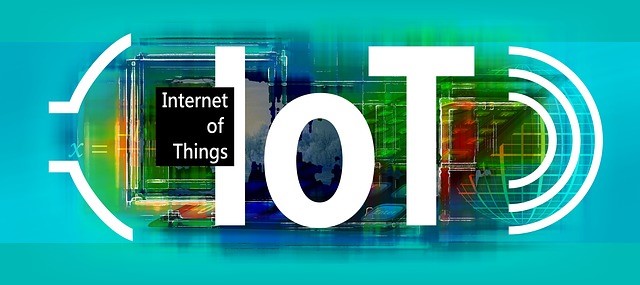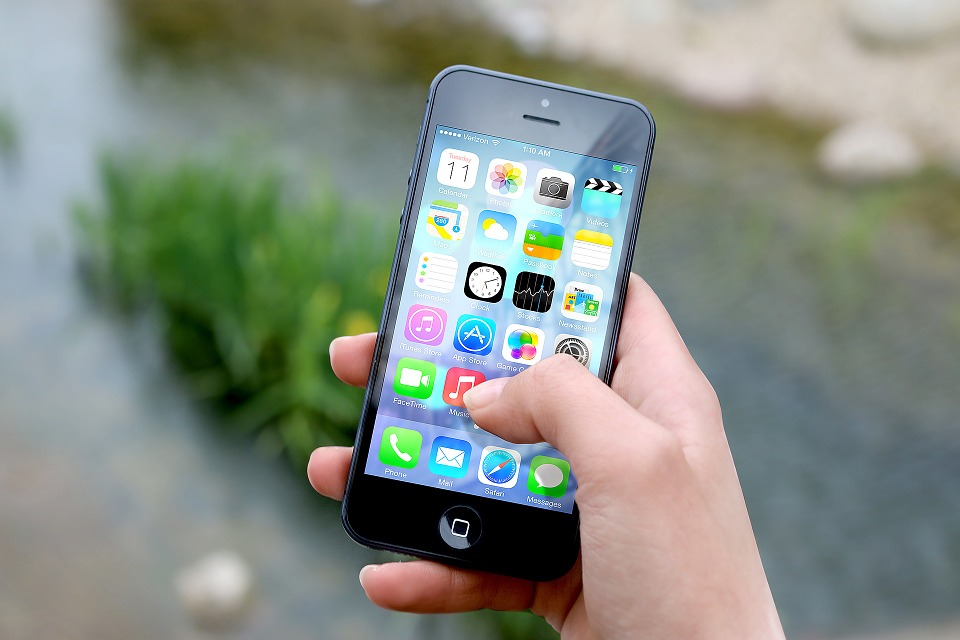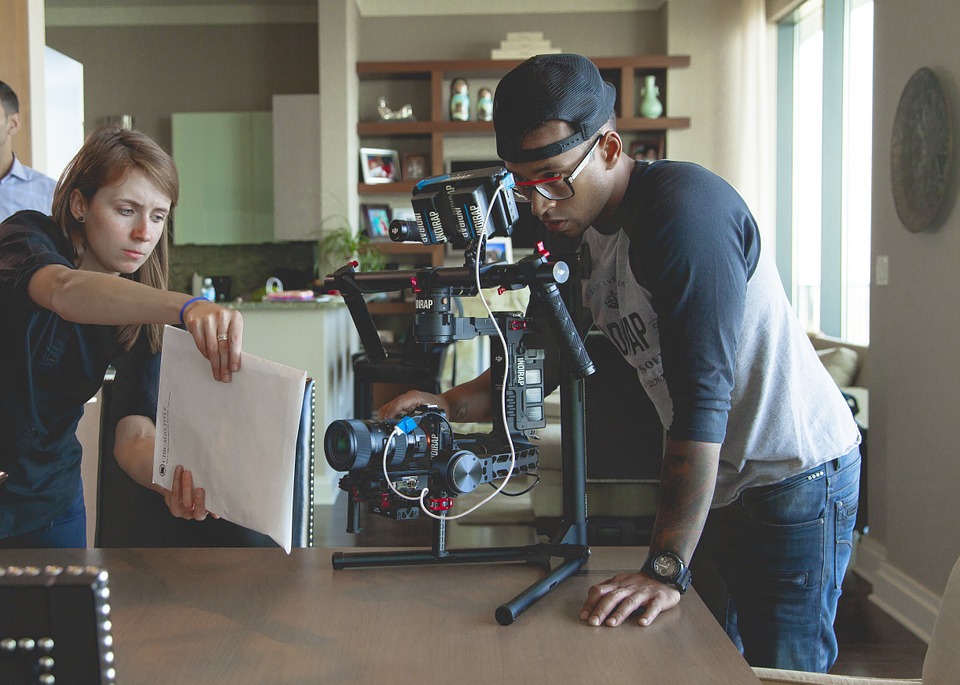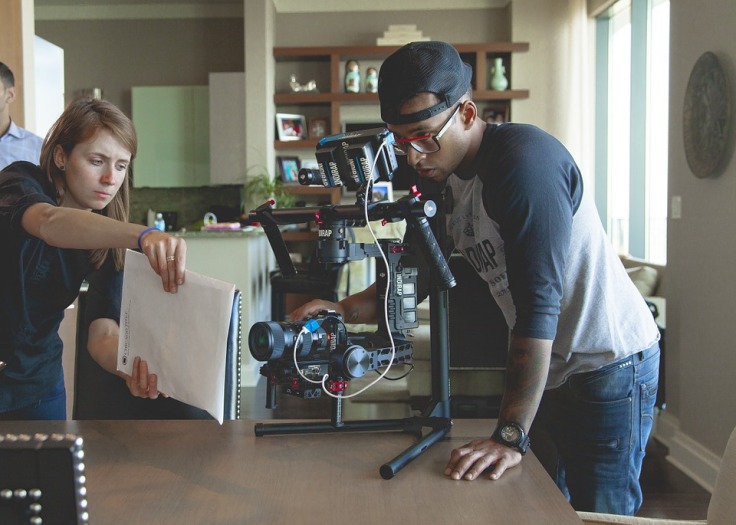The Internet of Things (IoT) – where machines and devices ‘talk to each other’ through sensors – is driving innovation and providing practical solutions to everyday problems (IMC619, 2016). That means thinking about products not just as something to sell once and have done with it, but as a continuous feedback loop of improvements, data and customer service. It means thinking about products as a source of data, and even as a subscription service (Ghosh, 2015). This report will discuss how IoT will provide value to businesses through improved employee performance and greater efficiency. This report will also discuss how IoT will increase the information available to consumers, and as a result, IoT will cause everyday consumer behavior to change.
IoT Provides Value to Businesses:
Leaders and employees at all levels of organizations are changing the way they receive feedback in order to improve the quality of information (Edwards, & Ewen, 1996). People are asking for performance feedback from those in their own circle of influence, that is, those with knowledge of their work behaviors, as well as from their supervisor. This information that comes from many asking for and getting information from people that are more honest, reliable, and valid than traditional appraisals from the supervisor only. Moreover, feedback from these multiple sources has a more powerful impact on people than information from a single source, such as a supervisor (Edwards, & Ewen, 1996). The IoT will change this process for managers and businesses. IoT will provide real-time data to not only business owners and managers, but also to the employee themselves. Employees can track and monitor their behaviors and production levels without relying on feedback from managers. The most frequently studied construct by far is job satisfaction. Locke described job satisfaction largely as affect: ‘a pleasurable or positive emotional state resulting from an appraisal of one’s job or experiences’ (Fisher, 2010). The IoT will provide businesses improved productivity and greater efficiency by increasing job satisfaction and redesigning the job process. Human productivity applications include the use of augmented-reality devices such as goggles through which data can be displayed to guide the performance of factory workers. Using IoT data, companies can also redesign jobs and processes for greater efficiency and effectiveness. And IoT technology can help mobile workers in the field to stay connected and work more effectively (IMC619, 2016).
The IoT also provides value to businesses in spaces where consumers engage in commerce (IMC619, 2016). The IoT not only has the capability to optimize inventory levels, which provides greater efficiency, but it also means thinking about products not just as something to sell once and have done with it, but as a continuous feedback loop of improvements, data, and customer service. Consumers today want more of a personalized experience, and they have already changed the way we are doing business as well as the way we are marketing to them. Businesses are no longer reaching customers with one-way communications. Consumers today want an experience, not just a purchase. Consumers have a more positive attitude toward interactive marketing communication than toward one-way communication. Consumers also have a more positive attitude toward relationship personalization than toward classical transactional relationship. If IoT is adequately implemented, interactive communication that enables relationship personalization could result in substantial savings for companies and could lead to a significant increase in satisfaction for consumers (Vlasic, & Kesic, 2007).
IoT Affects Consumer Behavior:
The IoT offers consumers and businesses a vast amount of information and data points. Information has already changed the way businesses and consumers engage. The IoT will provide even more information and it continues to change consumer behavior. Information availability has increased consumers’ informedness, the degree to which they know what is available in the marketplace, with precisely which attributes and at precisely what price. Consumers can now optimize their choices. Firms can now optimize their selection of offerings. Consumer choice drives corporate selection, corporate selection drives consumer choice, and both are driven by greatly enhanced information (Clemons, 2008). By blending physical and digital realms, the Internet of Things (IoT) vastly expands the reach of information technology (Mckinsey, 2015). The expanded reach of information will again drive consumer choice and will begin to enable new business models. For example, remote monitoring enables anything-as-a-service. The Internet of Things has the potential to fundamentally shift the way we interact with our surroundings. The ability to monitor and manage objects in the physical world electronically makes it possible to bring data-driven decision making to new realms of human activity (Mckinsey, 2015).
The IoT not only creates value for businesses and affects consumer behavior it also creates a digital portrait of yourself. Using IoT systems to convince healthy people to change their living habits and to help sick patients adhere to doctors’ prescriptions (Mckinsey, 2015). In many cases, having this digital portrait of yourself is a really powerful tool for reflection and change (Green, 2014).
Conclusion:
In 1597 Francis Bacon stated that “knowledge itself is power” and Nelson Mandela, in the same vein, said in 2003 that “education is the most powerful weapon we can use to change the world” (Baggaley, Calleja, Marum, & Marum, 2013). The Internet of Things will generate an immense amount of data points and information for businesses, consumers, and personal use. It will change the way consumers behave, and it will force business models to change to meet the new consumer demands. IoT will change the way people live, the way people communicate, the way people do business, and ultimately the way products and services are marketed.
Reference:
Baggaley,R., Calleja, J. M., Marum, L., & Marum, E. (January 01, 2013). Knowledge is
power; information is liberation. Bulletin of the World Health Organization, 91, 12.)
Clemons, E. K. (January 01, 2008). How information changes consumer behavior and
how consumer behavior determines corporate strategy. Journal of Management Information Systems, 25, 2, 13-40.
Edwards, M. R., & Ewen, A. J. (1996). 360° feedback: The powerful new model for
employee assessment & performance improvement. New York: AMACOM.
Fisher, C. D. (December 01, 2010). Happiness at work. International Journal of
Management Reviews, 12, 4, 384-412.
Ghosh, S. (2015). Marketingmagazine.co.uk. How Absolut Vodka will use the Internet of
Things to sell more than ‘static pieces of glass’. Retrieved from: http://www.marketingmagazine.co.uk/article/1359043/absolut-vodka-will-use-internet-things-sell-static-pieces-glass
Green, P. (2014). NYTimes.com. Putting magic in the mundane (Enchanted Objects).
Retrieved from: http://www.nytimes.com/2014/07/17/garden/puttin-magic-in-the-mundane.html
IMC619 (2016). West Virginia University. Week 4 lesson: The internet of things and new
delivery methods. Retrieved from: https://ecampus.wvu.edu/webapps/blackboard/execute/displayLearningUnit?course_id=_64339_1&content_id=_2976313_1&framesetWrapped=true
Mckinsey.com (2015). Executive Summary: Unlocking the potential of the internet of
Things. Retrieved from: http://www.mckinsey.com/insights/business_technology/The_Internet_of_Things_The_Vale_of_diditizing_the_physical_world
Vlasic, G., & Kesic, T. (June 01, 2007). Analysis of Consumers’ Attitudes toward
Interactivity and Relationship Personalization as Contemporary Developments in Interactive Marketing Communication. Journal of Marketing Communications, 13, 2, 109-129.
Like me, Love me, SHARE Me Here:










